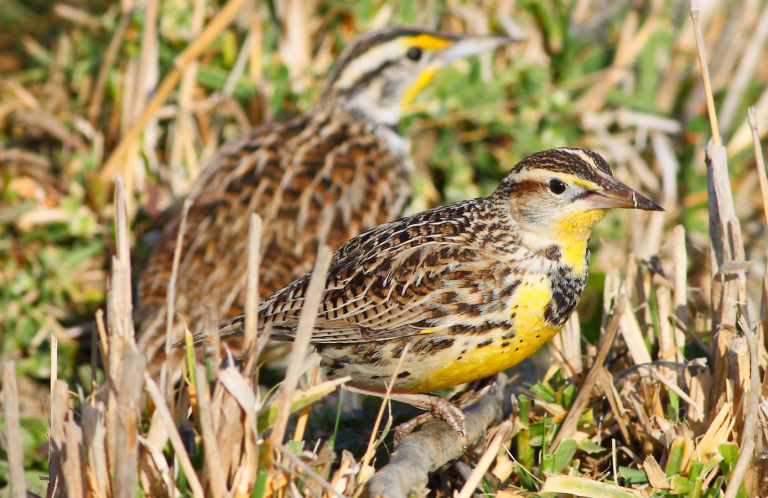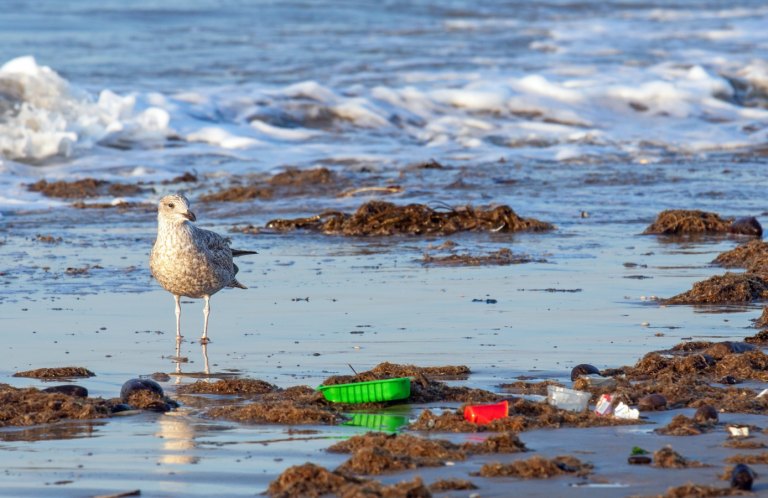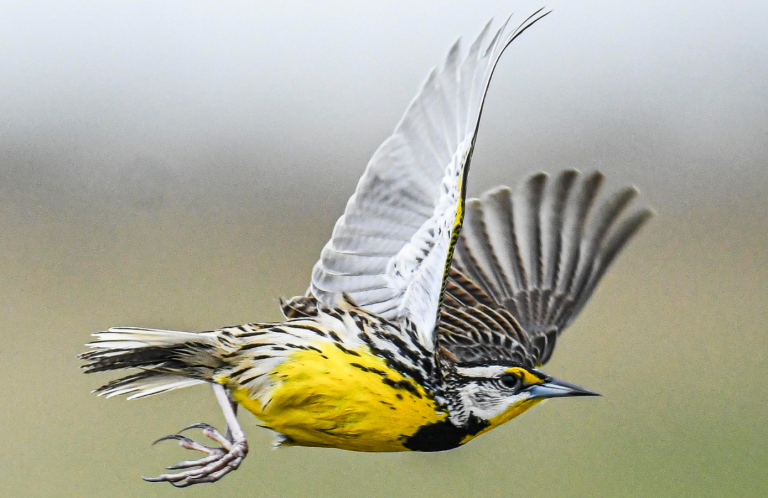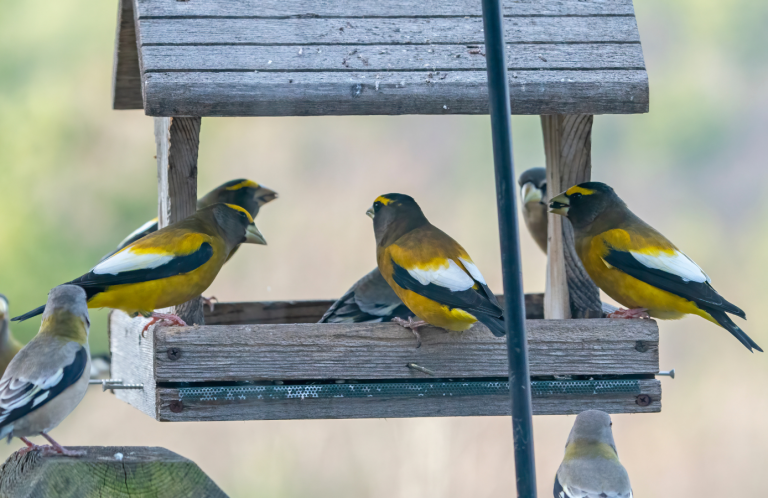Majority of U.S. State Wildlife Websites Do Not Have Clear Information About Lead Impacts on Birds

American Bird Conservancy (ABC) is dedicated to mitigating the harmful impacts of human activity on bird habitats. This includes advocating for more transparency about how toxins put into the environment, including chemicals like insecticides and metals like lead, impact birds and other wildlife.
As part of this work, in June 2023, ABC conducted a survey of information available about the impacts of lead ammunition, shot, and fishing tackle across all 50 U.S. state wildlife agency websites. Since sportspeople often turn to state wildlife agency websites for up-to-date information on rules and regulations, these websites provide a good indication of the accessibility of lead toxin information to this important audience.
Clear, Accessible Information on Lead's Wildlife Impacts is Lacking
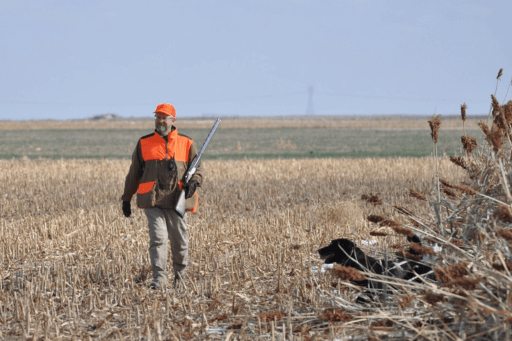
Only 11 states had thorough, easily accessible information on lead ammunition and the role hunters can play in reducing incidences of lead poisoning in non-target species. An additional 15 states had minimal information on lead toxicity, which was often difficult to access and buried under multiple links. While some states had lead toxicity information, it seldom covered risks to wildlife and instead focused only on risks to human health.
Information on lead fishing tackle and associated risks and alternatives was even less prevalent on state websites. Only ten states had information specific to the dangers of lead fishing tackle. Five additional states had minimal information that was difficult to access and buried under multiple links. This left 35 states, or 70 percent, with no information on the danger lead fishing tackle poses to birds. This is concerning because lead is still widely used in most forms of hunting and fishing, and it persists in the environment where it can poison birds leading to illness or death.
Lead Banned Only for Waterfowl Hunting
Lead is cheap, malleable, and widely accessible, making it the metal of choice for most bullets, shot, and fishing tackle. However, numerous studies over the last several decades have demonstrated lead's toxic effects on the environment. This research resulted in a ban on the use of lead ammunition for hunting waterfowl like the Mallard in the United States beginning in 1991. However, lead has not yet been banned in other forms of hunting and angling, so lead is still entering the environment and poisoning birds.
How Do Birds Consume Lead?
There are two main ways lead makes its way into birds and causes lead poisoning. Meat-eating species like Turkey Vultures and Common Ravens will often feed on the offal, or gut piles, left behind by hunters. Because of the properties of lead, it significantly fragments upon impact with its target. These fragments remain in the piles and are consumed by scavenging raptors, whose highly acidic stomach acid can quickly dissolve the soft metal and allow it to be absorbed into the body. Raptors may also find and consume game animals, such as Northern Bobwhite or Cottontail Rabbits, that were shot but never located or retrieved.
The second pathway for lead ingestion is through direct consumption of lead bullets, shot, or tackle. Many birds will ingest small stones, or grit, to aid in the grinding and digestion of their food. These birds mistake small lead pieces for grit and consume them, keeping the pieces in their gizzards for multiple days as it slowly breaks down. Mourning Doves and Common Loons are two species heavily affected by this pathway of ingestion.
Why Is Lead Bad for Birds?
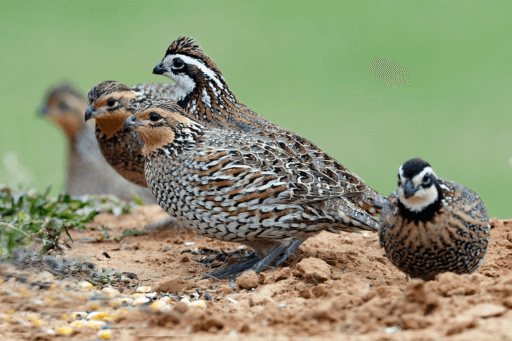
When small amounts of lead are ingested consistently over time, birds begin to display symptoms of lead toxicosis. Documented symptoms are numerous, and include lethargy, loss of muscle and fat, poor coordination, wing droop, and even leg paralysis. These symptoms significantly reduce the bird's ability to survive in the wild, both directly and indirectly. The bird's weakened state increases susceptibility to disease as well as the likelihood of other common causes of death such as collisions with power lines. Birds may also suffer from acute lead toxicosis, which occurs when they consume a large amount of lead in a short period of time. This results in rapid death without the symptoms of chronic lead toxicosis.
Widespread consumption of lead has recently been demonstrated to have a population-level effect on multiple bird species. Most notably, a recent study in Science found that the Bald Eagle and Golden Eagle have seen their population growth suppressed by 3.8 percent and 0.8 percent respectively due to lead consumption and subsequent toxicosis, hindering efforts to conserve these species.
Another study found that lead fishing tackle suppressed Common Loon population growth in New Hampshire by 1.3 percent and reduced the state population as a whole by 43 percent over the course of 23 years. The U.S. Geological Survey (USGS) has found that in heavily hunted areas, upwards of five percent of Mourning Doves may consume lead shot and ultimately die from lead poisoning — which is comparable to the number of Mourning Doves killed yearly by hunters.
How Can Birds be Protected from Lead?
Education is a powerful way to reduce lead use. By demonstrating the negative impacts of lead ammunition, shot, and tackle, and providing information about nontoxic alternatives, conservation groups have encouraged many hunters to switch away from lead. In Arizona and Utah, voluntary lead phase-outs have seen 60 to 70 percent of hunters within the California Condor's range switch to non-lead ammunition. Non-lead options, such as copper, tin, and tungsten, are available; the more these products are used, the more affordable and widely accepted they will become.
The threat of lead poisoning to birds can also be solved through government action. In addition to supporting more funding for exchange programs and educational initiatives, ABC advocates for national-level policies encouraging the use of non-lead ammunition, shot, and fishing tackle on lands important for wildlife conservation.
In 2023, eight National Wildlife Refuges proposed phasing out lead ammunition and fishing tackle by 2026. ABC applauds these efforts and would like to see additional Refuges, National Parks, and National Forests follow suit. We are excited to work with a broad range of partners and know that, for the protection of birds and other wildlife, it is time to get the lead out.






































